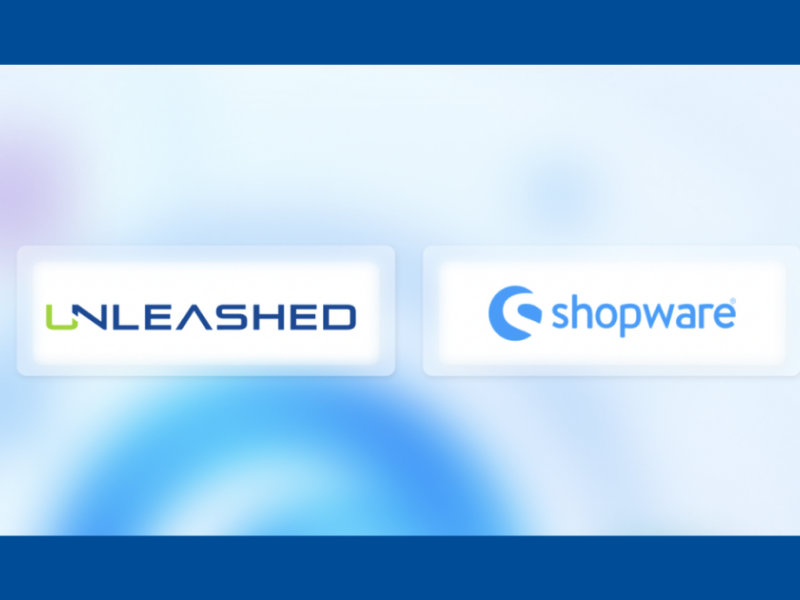By making these changes to your website, you can give patients faster and easier access to the medical care they need—whether they’re looking for a specialist or a primary care doctor. Making the search for providers more convenient, digitizing the scheduling process, and providing transparent information about physicians are all key components of an effective website that will increase patient volume.
Making the Provider Search More Convenient
By implementing a system that sifts through your hospital’s data and allows patients to search for their specific needs, you can help people find what they need without wasting time. Your site should provide advanced search options that let patients search for appointments based on:
- Ailment/condition
- Insurance provider
- Referral requirements
- Preferred appointment time
- Desired visit type (e.g., telehealth vs. face-to-face)
- Location
According to one study, 62% of patients said they chose their doctor based on his or her convenient location. Offering a visual tool to help patients find a nearby provider is key to a convenient patient experience. People don’t want to look at addresses and try to visualize the closest one. Research shows that humans process visual information 60,000 times faster than textual information. If one doctor practices in three different locations, patients might not be able to tell which is best for them based on a list of addresses. But when they can search based on their zip code or select “use my location” to determine the most convenient option, they’ll be ready to schedule an appointment.
To ensure a seamless search process on the front end of your website, make sure the back end includes tags on each web page that enable search results to populate accurately. Misspelled or missing tags might limit patients from connecting with providers and lead to them looking elsewhere for someone who can meet their needs.
Digitizing the Scheduling Process
Recent data from Salesforce found that 90% of patients want access to self-scheduling tools, but only 53% of providers offer them. To continue drawing patients to your organization, it is important to give them the consumer-oriented experience they want. If they can book flights, make dinner reservations, and pay bills online, they want to be able to schedule appointments online, too.
A self-scheduling tool eliminates the middle-man of a receptionist or scheduler, which is more convenient for patients. It also increases appointment accessibility. While a scheduler might only be available between 9:00 a.m. and 4:00 p.m., a self-scheduling tool offers 24/7 availability for patients to book an upcoming visit.
Another benefit to implementing a scheduling tool for patients is that it allows patients to take ownership of their care. Research from Mayo Clinic found that, over the course of one year, self-scheduled appointments had fewer no-shows, cancellations, and reschedulings than those scheduled by staff.
An effective scheduling workflow can also be programmed to send appointment reminders and secure confirmation from incoming patients, which reduces the chances of patients not showing up. While the cost of a custom-built system like this can be lucrative, companies like ZocDoc and Cerner offer APIs that can be incorporated into your website with the help of a trusted technology partner.
Providing Transparent Physician Information
As patients continue to look online for providers, health systems must provide more than just physician credentials to start building trust. According to one survey, there are five factors that can make or break doctor-patient relationships:
- Congeniality & humor
- First impression
- Open ears & open communication
- Sense of trust
- Location
Since none of those five factors include credentials, it is important for your website to find creative ways to showcase providers’ personalities in addition to their experience. For example, have you considered adding short videos to physician bio pages, allowing physicians to share about themselves, their interests, and their care philosophies? Research shows that videos as short as 30 seconds can help patients decide whether or not they would be satisfied with certain providers.
As patients search for providers, they are also interested in past testimonials and provider ratings. Including information from past patient experiences allows people to get firsthand insight about bedside manner, doctors’ personalities, and exam thoroughness.
Keeping all of this information updated may seem overwhelming, but several API tools can eliminate your manual labor by integrating with your credentialing system, allowing your website to routinely pull data like physician bios, specialty areas, location, and more. When you update information in your credentialing system, it will automatically populate on your website via a scheduled information transfer. If you have patients fill out a survey after every visit to build provider ratings, you can implement an API to pull that data straight to your website as well.
Use Your Website to Connect Patients to Physicians Faster
If your in-house team doesn’t have time to consider custom software development solutions or effective integrations and updates, you’re not alone. But our team of experts at Unleashed Technologies can partner with you to provide the unique elements you need to stand out and drive patient engagement. Reach out to us to learn more.


